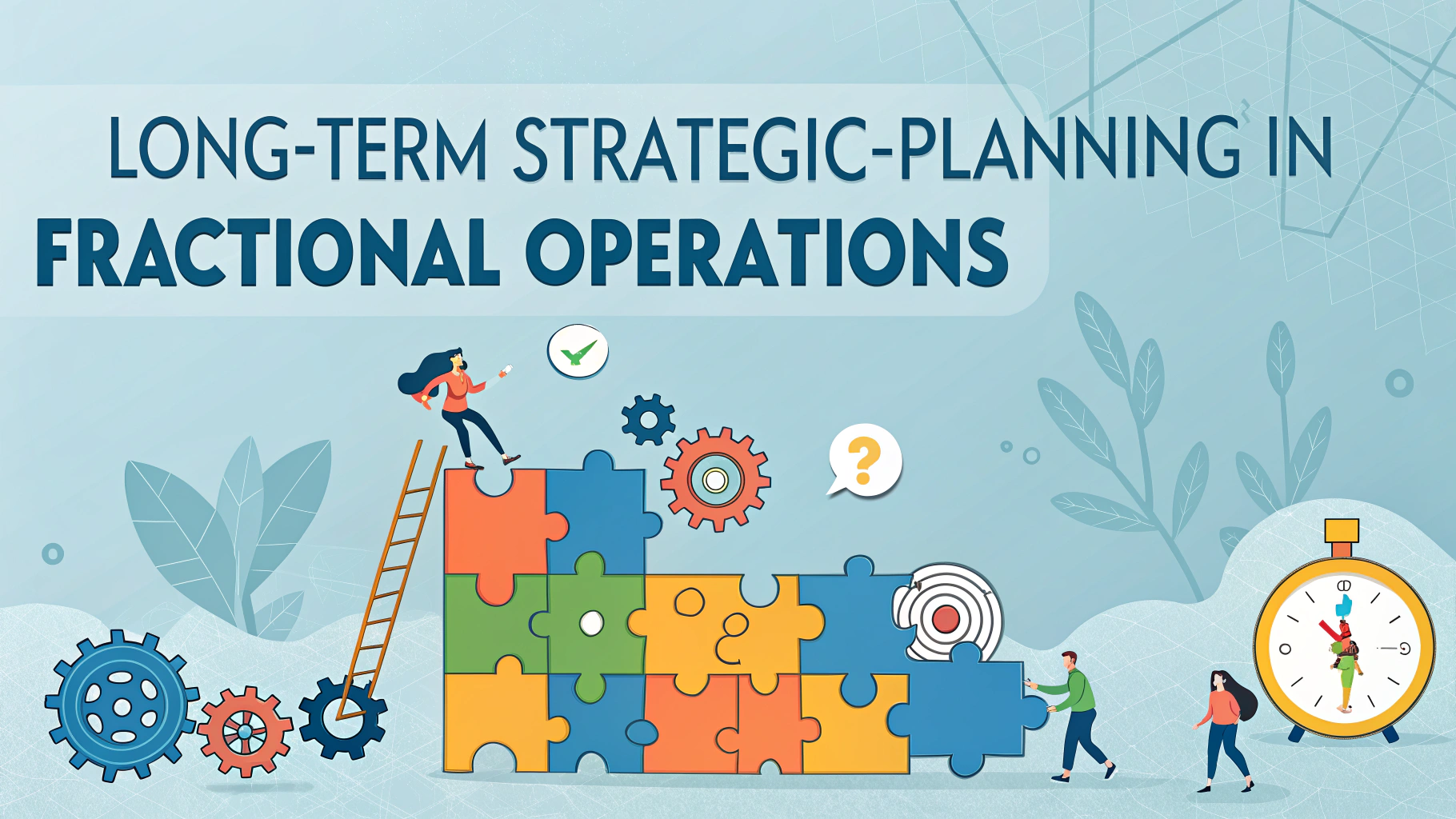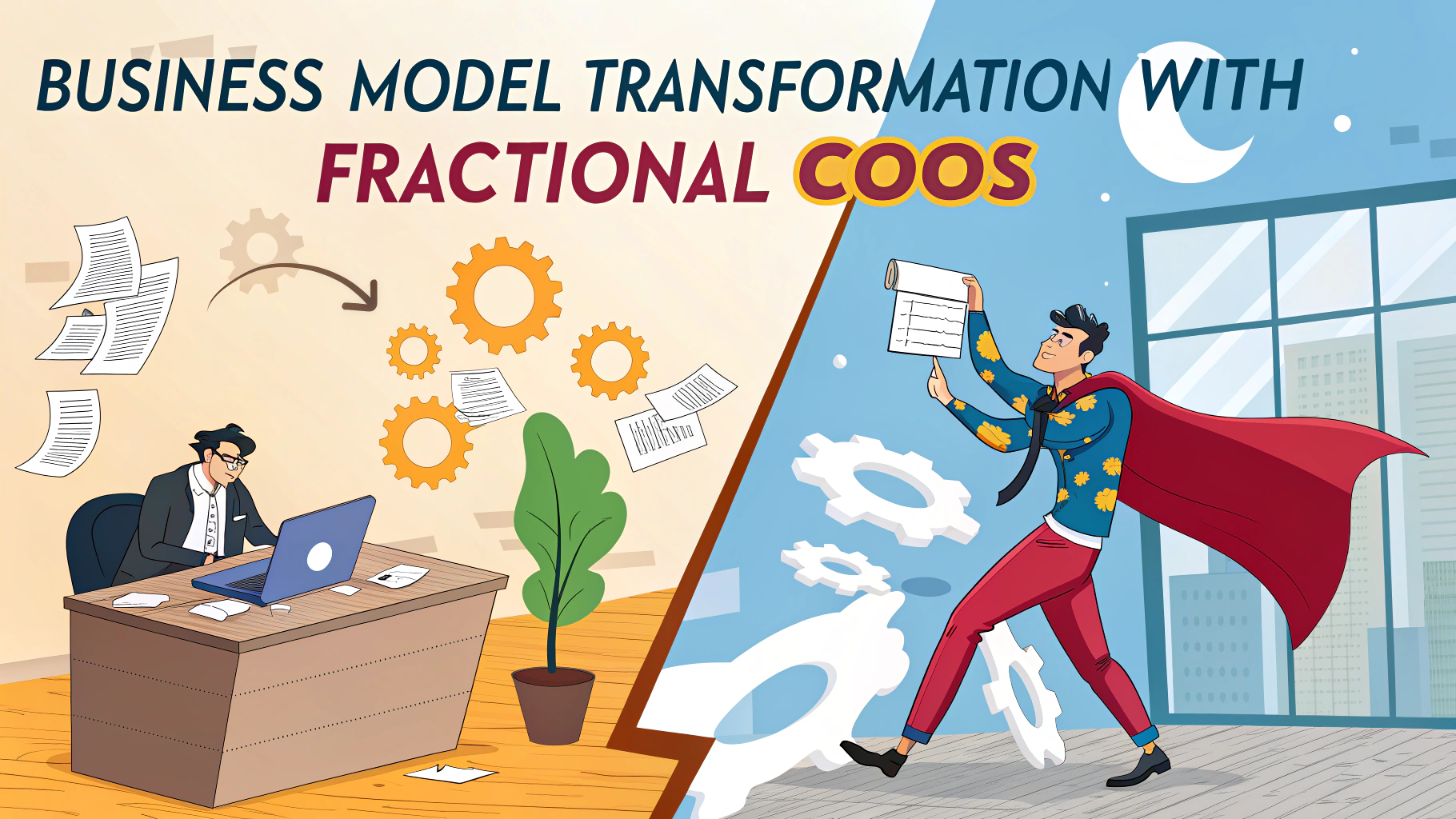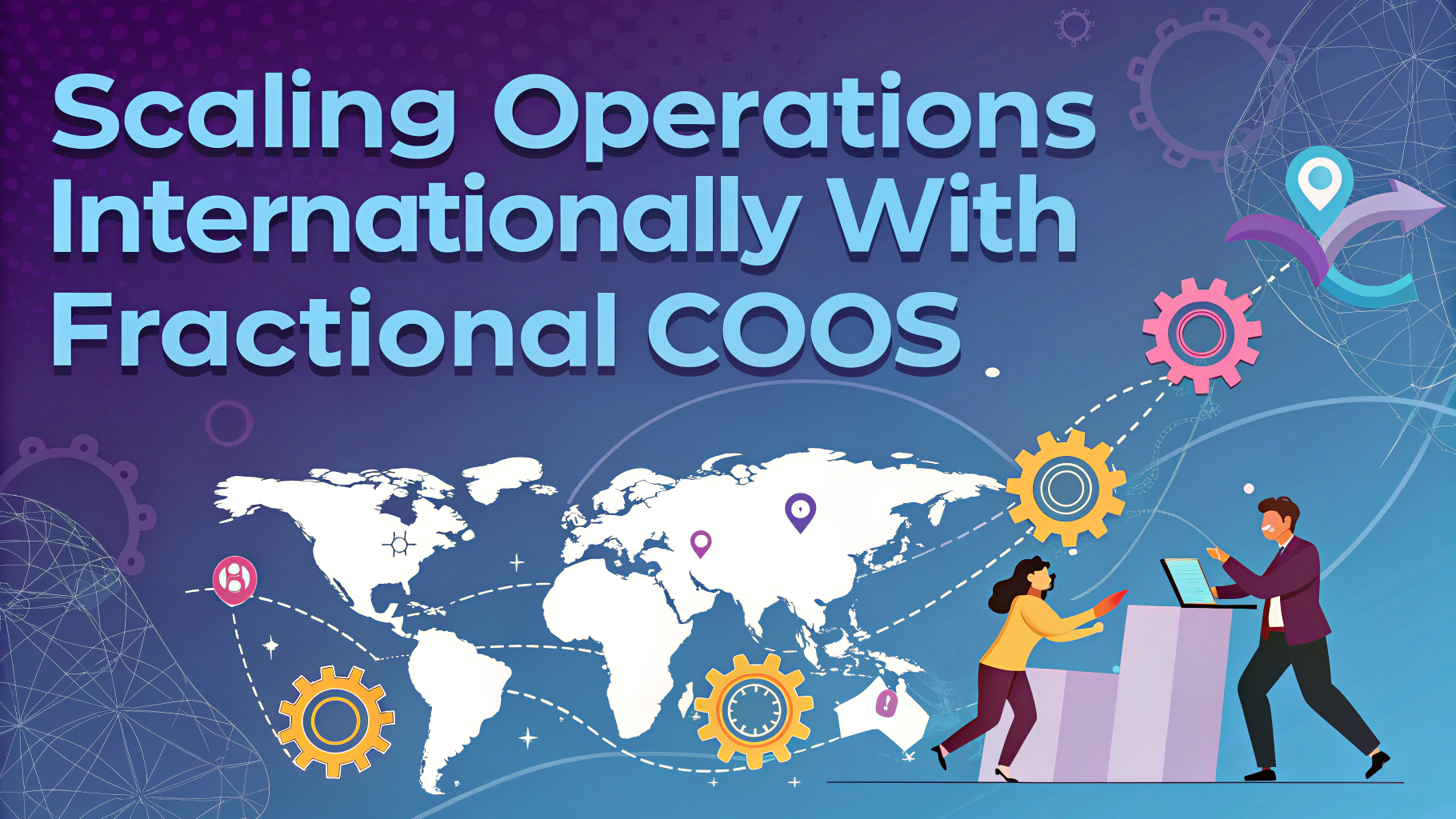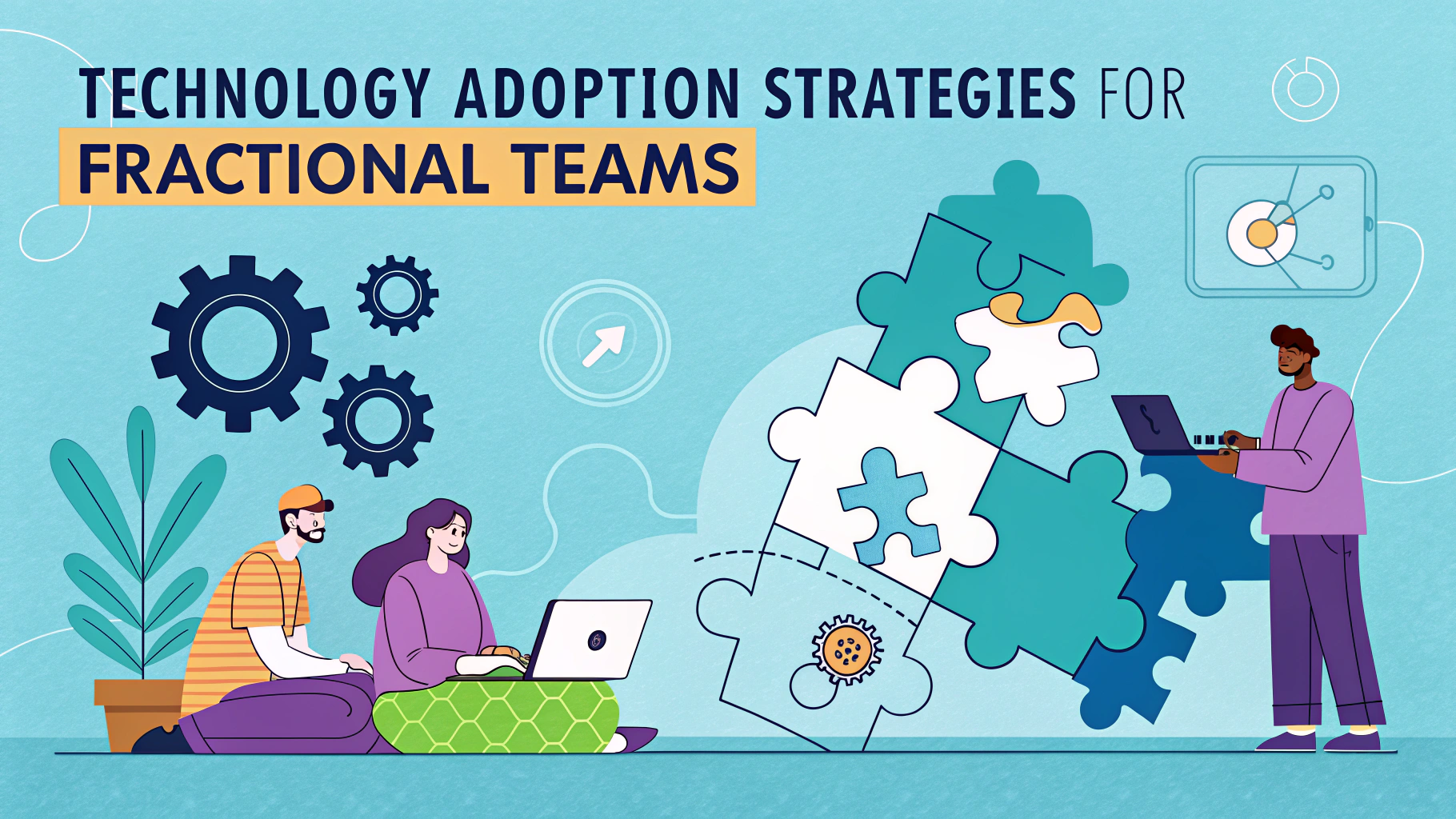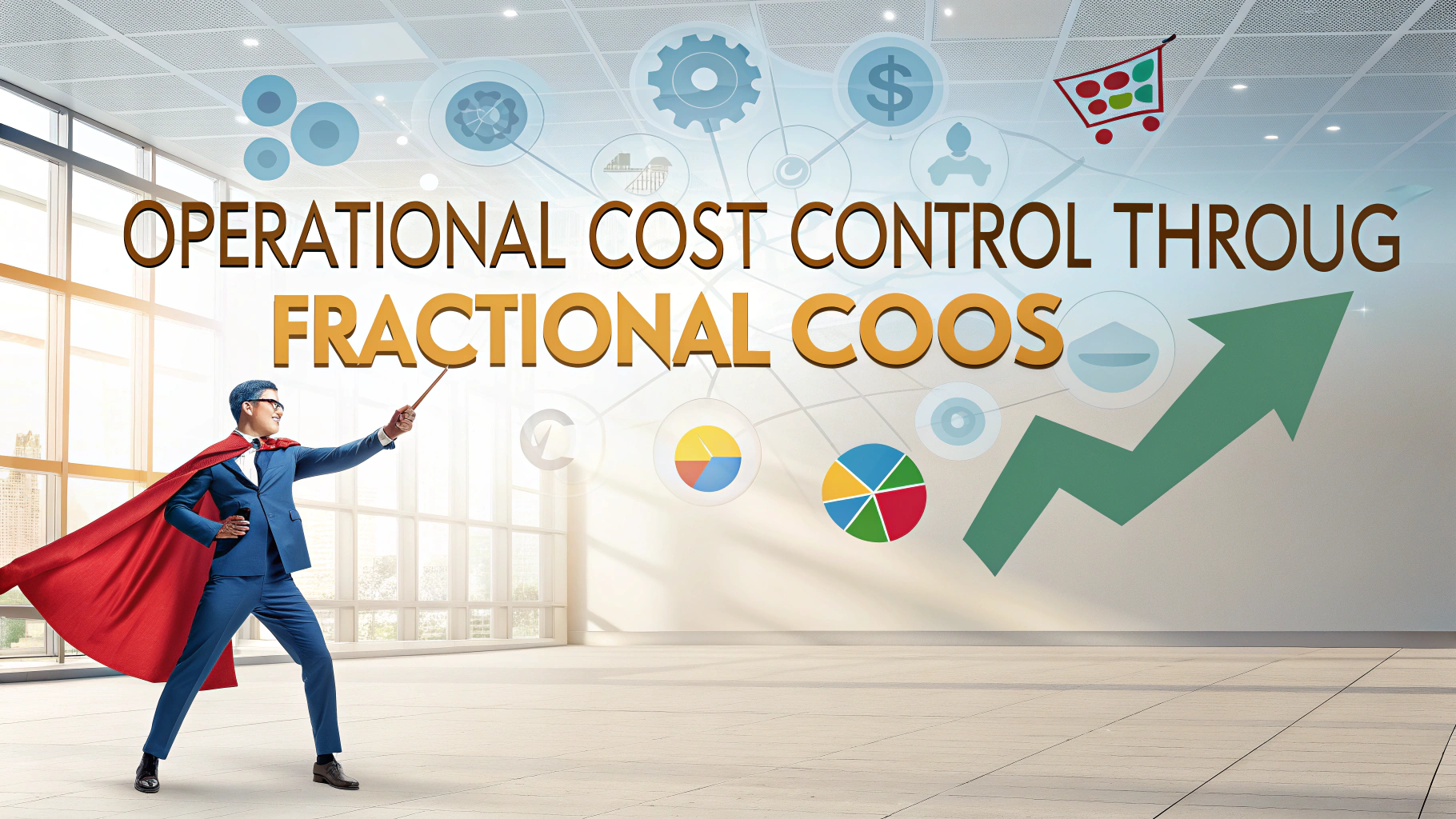Fractional COO technology integration combines the expertise of experienced operational leaders with modern tech solutions to optimize business processes.
Organizations can leverage part-time executive leadership to implement and oversee critical technology systems without the overhead of a full-time C-suite hire.
This guide explores proven methods for seamlessly incorporating fractional COO services with existing technology infrastructure.
Key Technology Integration Areas
- Enterprise Resource Planning (ERP) systems
- Customer Relationship Management (CRM) platforms
- Project Management tools
- Business Intelligence solutions
- Automation and workflow systems
Implementation Strategy
A successful technology integration plan starts with a thorough assessment of current systems and identification of gaps.
The fractional COO should establish clear metrics for measuring integration success and ROI.
Implementation Checklist:
- Audit existing technology infrastructure
- Define integration objectives and timelines
- Select compatible technology solutions
- Create detailed implementation roadmap
- Train staff and document processes
- Monitor and optimize performance
Recommended Technology Stack
| Category | Recommended Solutions |
|---|---|
| ERP | NetSuite, SAP Business One, Oracle |
| CRM | Salesforce, HubSpot, Microsoft Dynamics |
| Project Management | Monday.com, Asana, Jira |
Data Security Considerations
Implement robust security protocols to protect sensitive business information during technology transitions.
- Regular security audits
- Multi-factor authentication
- Data encryption standards
- Access control policies
Cost Management
Budget effectively by considering both immediate implementation costs and long-term maintenance requirements.
Typical Cost Components:
- Software licenses and subscriptions
- Integration services
- Training and documentation
- Ongoing support and maintenance
Staff Training and Adoption
Create comprehensive training programs to ensure smooth adoption of new technology systems.
Training Best Practices:
- Develop role-specific training modules
- Provide hands-on practice sessions
- Create easily accessible documentation
- Assign technology champions within teams
Moving Forward with Tech Integration
Regular assessment and optimization of integrated systems ensure continued alignment with business objectives.
Contact technology vendors directly for specific integration support: Salesforce, NetSuite, or Microsoft Dynamics.
Performance Monitoring & Analytics
Establish robust monitoring systems to track the performance of integrated technologies and measure success against defined KPIs.
Key Metrics to Track:
- System uptime and reliability
- User adoption rates
- Process efficiency improvements
- Cost savings and ROI
- Customer satisfaction scores
Change Management Protocols
Implement structured change management processes to minimize disruption during technology transitions.
Essential Components:
- Stakeholder communication plans
- Risk mitigation strategies
- Rollback procedures
- Progress tracking mechanisms
Vendor Relationship Management
Develop strong partnerships with technology vendors to ensure optimal support and service levels.
Key Considerations:
- Service level agreements (SLAs)
- Technical support requirements
- Upgrade and maintenance schedules
- Scalability options
Maximizing Technology Integration Success
Technology integration through fractional COO services provides organizations with cost-effective access to executive expertise and modern business solutions. Success depends on careful planning, systematic implementation, and ongoing optimization efforts.
Organizations should focus on maintaining flexibility in their technology stack while ensuring robust security measures and comprehensive staff training. Regular reviews and adjustments will help maintain alignment with evolving business needs and technological advances.
For optimal results, maintain open communication channels between stakeholders, technology partners, and the fractional COO team while continuously monitoring system performance and user adoption metrics.
FAQs
- What is a Fractional COO and how does it differ from a full-time COO?
A Fractional COO is a part-time executive who provides operational leadership on a flexible basis, typically working with multiple companies simultaneously. Unlike a full-time COO, they offer specialized expertise for a fraction of the cost while maintaining the same level of strategic oversight and operational management. - How do companies integrate a Fractional COO with existing technology systems?
Companies integrate Fractional COOs through cloud-based collaboration tools, project management software, and virtual communication platforms. They typically have access to key operational systems and data analytics tools while maintaining appropriate security protocols. - What are the key technology tools that Fractional COOs commonly use?
Fractional COOs typically utilize ERP systems, business intelligence platforms, project management tools like Asana or Jira, communication platforms like Slack or Microsoft Teams, and data visualization tools like Tableau or Power BI. - How do Fractional COOs ensure data security when working with multiple organizations?
They implement strict data governance policies, use secure VPNs, maintain separate login credentials for each organization, and follow industry-standard security protocols including multi-factor authentication and encrypted communication channels. - What metrics should be tracked when working with a Fractional COO?
Key metrics include operational efficiency indicators, project completion rates, cost reduction achievements, process improvement outcomes, technology implementation success rates, and ROI on operational initiatives. - How do Fractional COOs handle technology integration across different departments?
They create comprehensive integration plans, establish cross-functional teams, implement change management protocols, and ensure proper training and documentation for all affected departments while maintaining regular communication channels. - What is the typical timeframe for a Fractional COO to implement new technology solutions?
Implementation timeframes vary by project scope but typically range from 3-6 months for minor systems to 12-18 months for major enterprise-wide technology transformations. - How do Fractional COOs ensure successful knowledge transfer to internal teams?
They develop detailed documentation, create standard operating procedures, conduct training sessions, establish mentorship programs, and implement monitoring systems to ensure sustainable operations after their engagement ends. - What role do Fractional COOs play in vendor selection and management?
Fractional COOs evaluate technology vendors, negotiate contracts, establish performance metrics, manage relationships, and ensure alignment between vendor capabilities and organizational needs while maintaining cost-effectiveness. - How do Fractional COOs align technology initiatives with business strategy?
They conduct strategic assessments, create technology roadmaps aligned with business objectives, prioritize initiatives based on ROI and strategic importance, and ensure technology investments support overall business goals.

